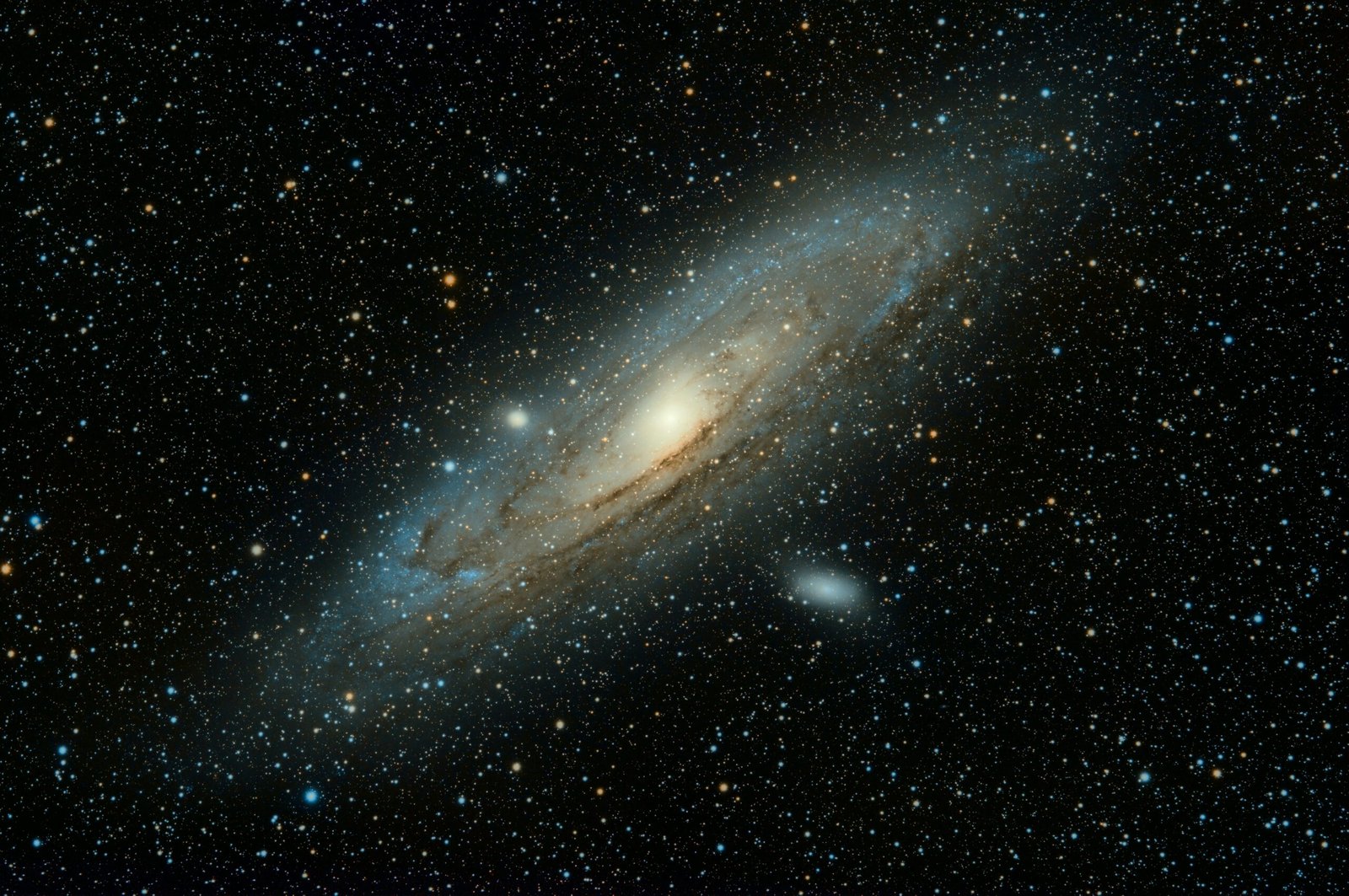The Sun is the star at the center of our solar system. It is a nearly perfect sphere of hot plasma, with internal convective motion that generates a magnetic field. The Sun is composed primarily of hydrogen and helium. It is the most important source of energy for life on Earth, providing warmth and light.
Structure and Composition
The Sun has several layers, including the core, radiative zone, and convective zone. The core is the central region where nuclear fusion occurs, converting hydrogen into helium and releasing a tremendous amount of energy. Surrounding the core is the radiative zone, where energy is transported by photons. The outermost layer is the convective zone, where hot plasma rises and cooler plasma sinks.
The Sun is primarily composed of hydrogen, which makes up about 74% of its mass. Helium accounts for around 24% of its mass. Other elements, such as oxygen, carbon, and iron, make up the remaining 2% of the Sun’s mass.
Energy Production
The Sun produces energy through the process of nuclear fusion. In the core, hydrogen atoms combine to form helium, releasing a tremendous amount of energy in the process. This energy is then radiated outwards, providing heat and light to the solar system.
The Sun’s energy is essential for life on Earth. It provides the warmth needed for plants to grow through photosynthesis, which is the process by which plants convert sunlight into chemical energy. Sunlight also plays a crucial role in regulating the Earth’s climate and weather patterns.
Solar Activity
The Sun is a dynamic and active star. It experiences periodic changes in its activity, known as the solar cycle, which lasts approximately 11 years. During the solar cycle, the Sun goes through periods of high and low activity, characterized by the number of sunspots and solar flares.
Sunspots are dark spots that appear on the Sun’s surface. They are areas of intense magnetic activity and are cooler than the surrounding areas. Solar flares, on the other hand, are eruptions of energy from the Sun’s surface. They release large amounts of radiation and can have an impact on Earth’s magnetic field and communication systems.
Solar Eclipses
A solar eclipse occurs when the Moon passes between the Earth and the Sun, blocking the Sun’s light. There are different types of solar eclipses, including total, partial, and annular eclipses. During a total solar eclipse, the Moon completely covers the Sun, revealing the Sun’s outer atmosphere, known as the corona.
Solar eclipses are rare and spectacular events. They provide scientists with an opportunity to study the Sun’s corona and conduct research on solar physics.
Conclusion
The Sun is a vital star that provides heat, light, and energy for life on Earth. Its structure, composition, and activity make it a fascinating subject for scientific study. Understanding the Sun’s dynamics and its impact on our planet is crucial for our continued existence and exploration of the universe.
